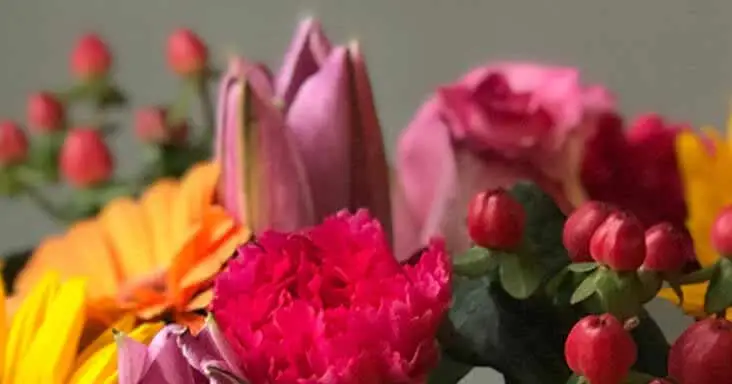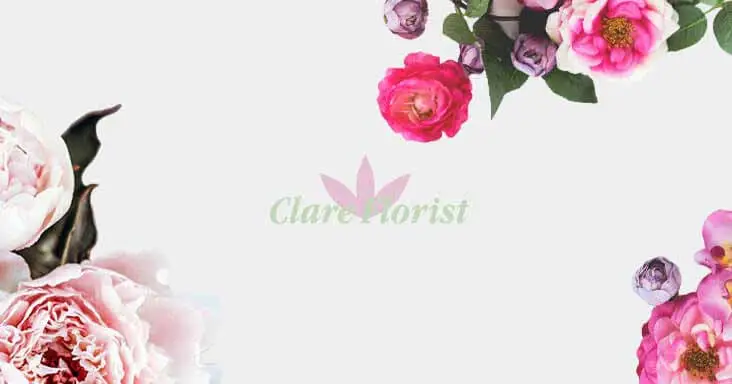Bored with some of your old lightly coloured clothes? fancy getting your hands a bit dirty, well why not try making you own natural dyes with the hundreds of possible natural seeds, blooms, berries and nuts. 
Firstly when gathering your material make sure that the blossoms are in full bloom, the berries are ripe and nuts mature. Also never gather the entire plants stock of what your wanting take up to a half and move on.
When preparing to make your natural dyes firstly chop up your material as finely as possible increasing its surface area and the amount of dye that will be released. You will want to work on a ration of 2:1, 2 parts water for every 1 part of material. These natural dyes will work best on white or light pastel coloured muslin, silk, cotton or wool fabrics.
Before you can successfully dye your clothes the fabric needs to be prepared in a colour fixative to aid in the fabric holding onto the colour. For a berry dye you want to use a Salt fixative with 1 part salt to 16 parts cold water. For a plant dye use a vinegar fixative, 1 part vinegar to 4 parts cold water. Add the fabric to the mixture and then simmer for an hour, rinse in cold water till the water runs clear.
Now its finally time to dye the fabric, place the fabric in a pan/dye bath and simmer the dye till the desired colour has been achieve, for darker shades leave in for a longer period of time.
Shades of Pink
Strawberries, raspberries, cherries, lavender and roses (a little mint and lemon juice activate the colour chemicals for a wicked pink dye),
Shades of Purple
Red cabbage, blackberries, elderberries, cheery roots, hyacinth flowers,
Shades of Green
Foxglove flowers, grass, spinach leaves, tea tree flowers, nettles
A vastly comprehensive list be found here
http://www.pioneerthinking.com/crafts/crafts-basics/naturaldyes.html




.jpg)